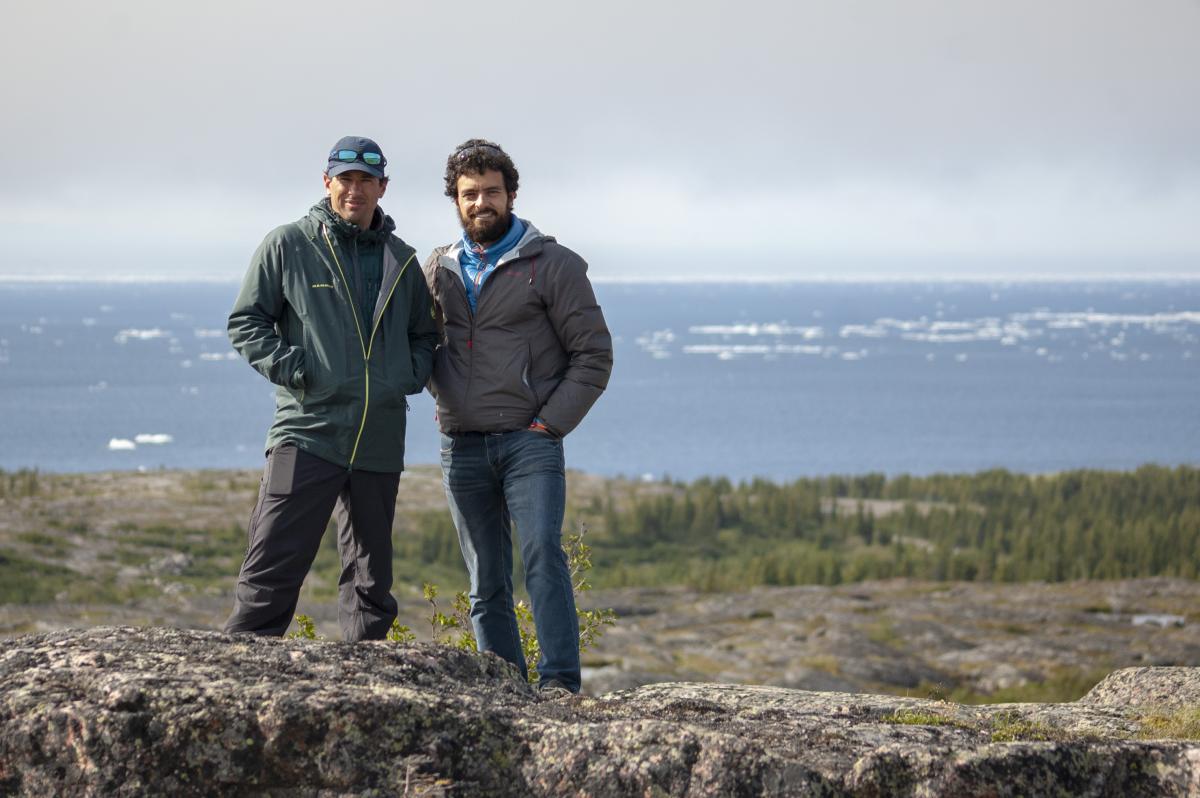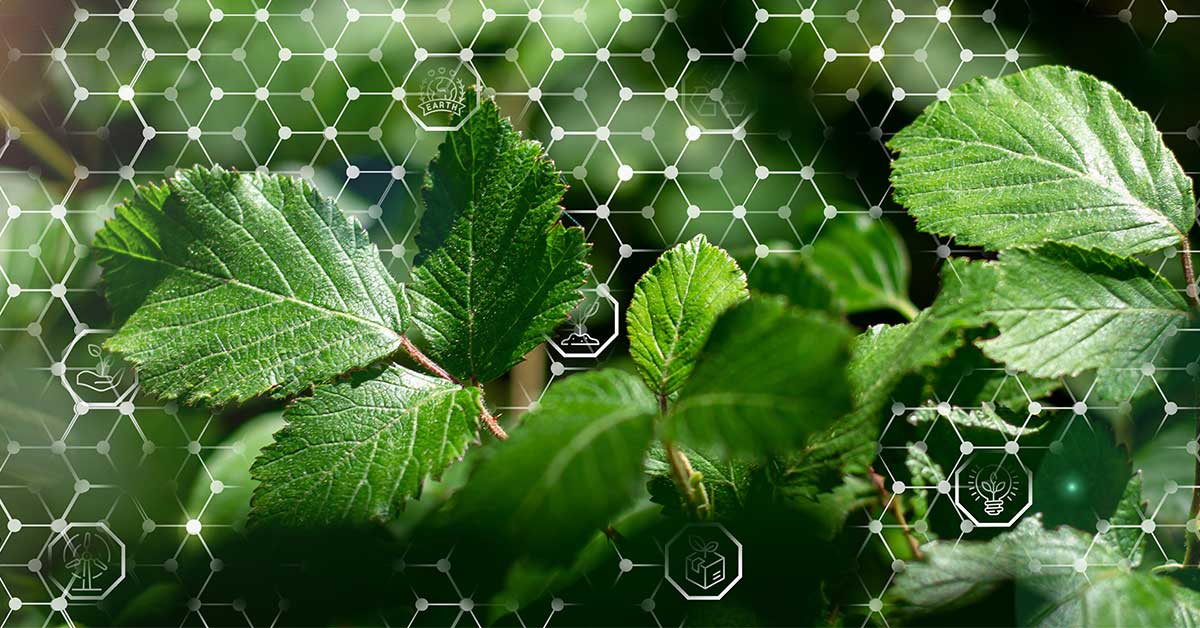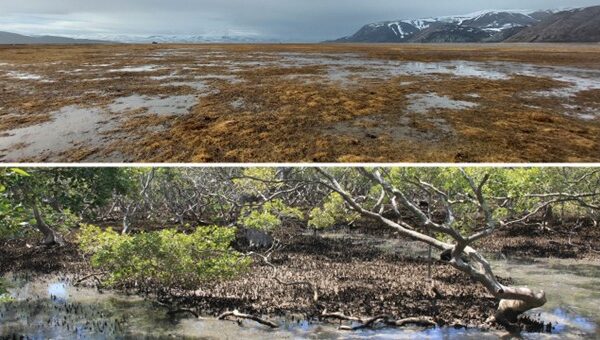- Awards and Distinctions
- Research
-
YOU ARE
- Community member
- Future Student
- Student
- Professor
- Alumni
- Media
- Guidance counsellors
- INRS retiree
- Contact Us
- Newsroom
- Careers
- FR
-
Studies
We teach the next generation of researchers to develop scientific, social, and technological innovations.
-
Research
We find solutions through interdisciplinary research and industry or public and community partnerships.
-
INRS
We play an active role in Québec's economic, social, and cultural development.
Heating villages in Quebec’s far north with solar energy when there are only a few hours of daylight in wintertime? It’s not impossible. In fact, it’s one of the potential applications of a promising underground thermal energy storage project headed up by Nicolò Giordano and Jasmin Raymond at Institut National de la Recherche Scientifique (INRS). Their work has just been named one of the top 10 scientific discoveries of 2019 by Québec Science magazine.

The professor Jasmin Raymond and the Postdoctoral Research Fellow Nicolò Giordano
“We are delighted and thankful to Québec Science for recognizing the originality of our work through this ranking, which puts science in the spotlight,” said Nicolò Giordano, a postdoctoral fellow and member of Jasmin Raymond’s team at INRS. “Renewable resources and energy storage will help ensure energy independence for Indigenous peoples living in the Arctic. Thanks to all our colleagues and partners in the far north who have helped make this project a success.”
“We are honoured by this prestigious recognition and hope it will highlight northern research and accelerate energy transition, an essential component of sustainable development for Indigenous peoples living in remote communities,” said Professor Raymond, who holds a Northern Geothermal Potential Research Chair. This Chair is funded by the Institut nordique du Québec (INQ), in partnership with the INRS.

The simulations carried out by the researchers are encouraging. They demonstrated for the first time that it’s possible to effectively store and retrieve heat in a subarctic climate. The energy produced by solar panels in summer would be tapped in winter to meet 50% of potable water heating needs in Kuujjuaq, Nunavik’s largest community. Thermal energy is stored in the ground, where the initial temperature is near the freezing point. This innovative method would provide energy security in the face of critical heating needs currently met by fossil fuels.
“It’s an important discovery. If we want to replace the diesel fuel used in northern villages with renewable energy sources that are often intermittent (solar and wind), we need to find long-term energy storage solutions,” said Professor Raymond.
Current batteries only provide short-term energy storage and are poorly suited to harsh northern climates. Professor Raymond’s team showed that even in an environment with discontinuous permafrost, the ground is a viable thermal battery for long-term energy storage.
Congratulations to the whole team and their collaborators and partners.
Details of the work surrounding this discovery were published in Applied Energy on October 15, 2019.
Une batterie thermique pour les habitants du Nunavik
(by Maxime Bilodeau, Québec Science, January 2019)
YOUR TURN TO VOTE! You have until February 14 (11:59 PM)
Each year, Québec Science magazine invites the public to vote for the most fascinating scientific discovery out of the 10 nominated. We encourage the INRS community to support the project of Jasmin Raymond’s team and its partners (discovery #6)

Green energy: from innovation to transition
You may also like
Share



